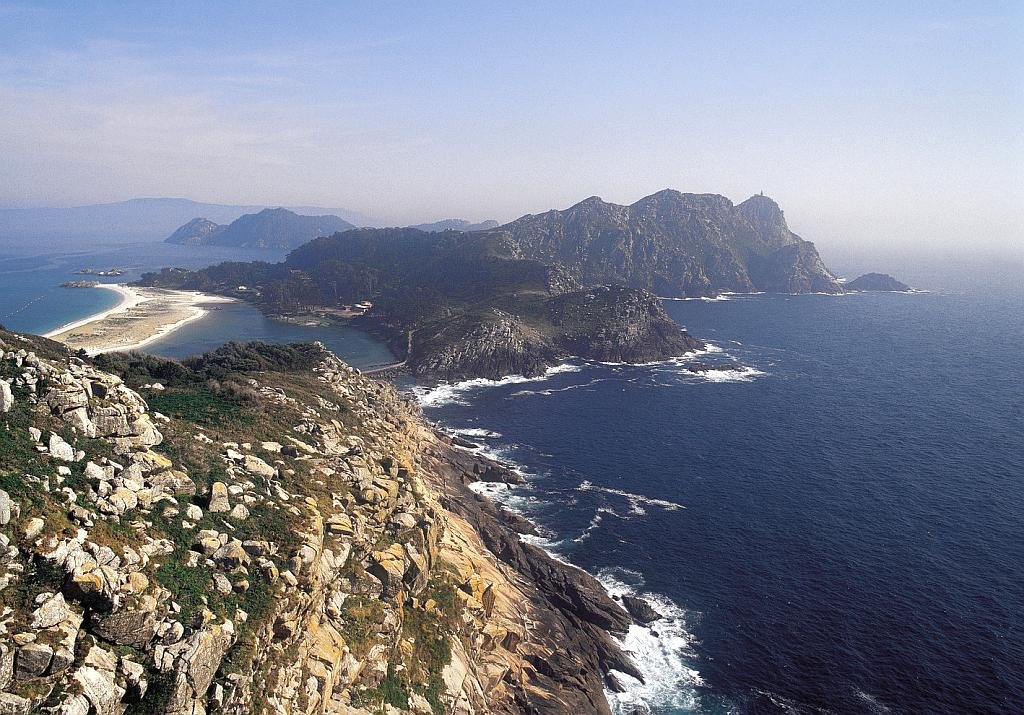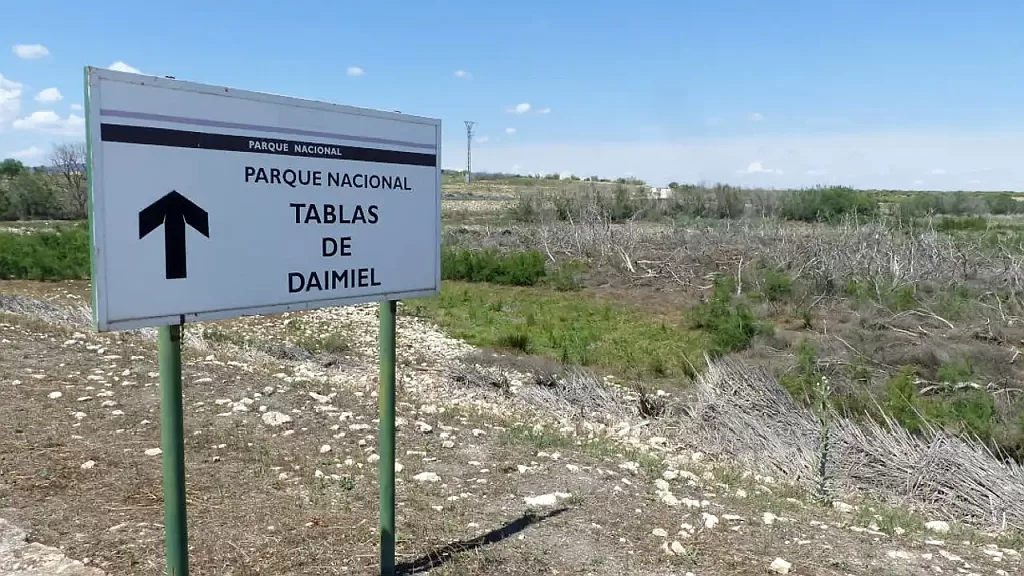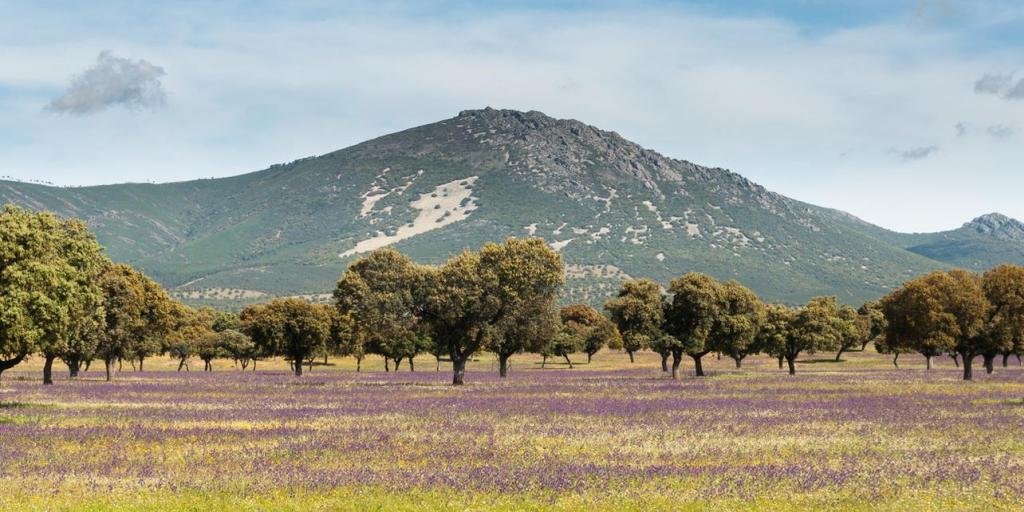- Region: Galicia.
- Province: Pontevedra and La Coruña).
- Declared a National Park: 2002.
- Park surface area: 8,480 hectares.
The Parque Nacional Islas Atlánticas are known in English as the Galician Atlantic Islands Maritime-Terrestrial National Park. They are located on the southern coast of Galicia and are made up of four archipelagos, Cortegada and Sálvora in the Arousa estuary, facing the Estuary of Pontevedra and the Cíes, in the Vigo estuary.
In the past they were known as a pirate haunt but today they are uninhabited and only open to the public in the summer.
Points of interest
In Ons don’t miss the mysterious “furnas”, granite sea caves cut by the waves, such as the mythical “Burato do Inferno”, which was “believed to go all the way down to hell, and on stormy nights the voices of the dead could be heard”.
I’ve been living in this lovely area of Western Andalucia for the last 20 years or so and dedicate most of my time to the running of English language tourist information websites for the towns of Cádiz, Ronda, Grazalema, the famous or infamous Caminito del Rey, and also Wildside Holidays, which promotes sustainable and eco-friendly businesses running wildlife and walking holidays in Spain. My articles contain affiliate links that will help you reserve a hotel, bus, train or activity in the area. You don’t pay more, but by using them you do support this website. Thankyou!



